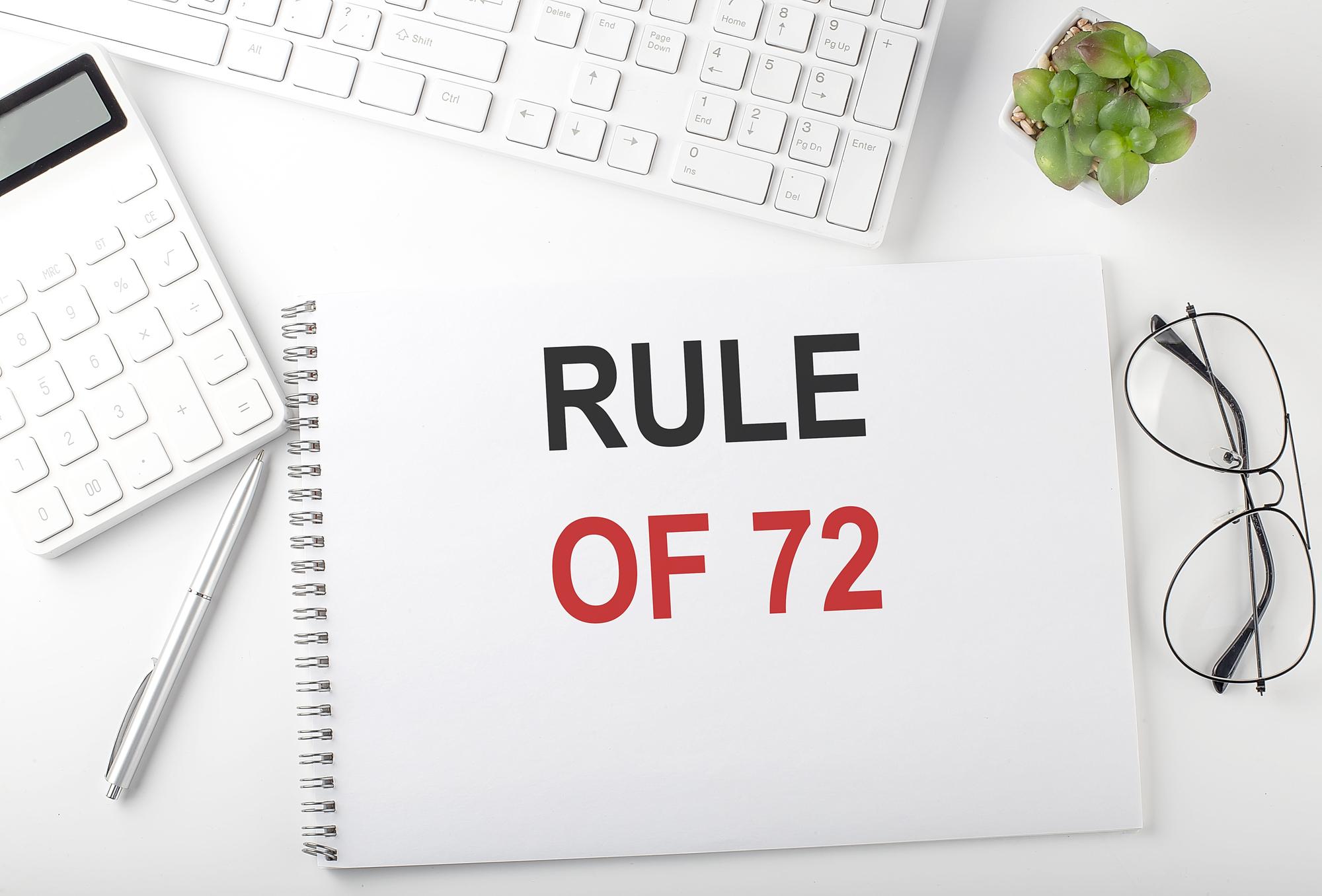INTRODUCTION
Real estate investments can be a great way to grow your wealth, but it can be difficult to predict how long it will take to see a return on your investment. This is where the Rule of 72 comes in handy.
WHAT IS THE RULE OF 72?
The Rule of 72 is a financial formula used to estimate the time it will take for an investment to double in value, given a fixed annual interest rate. The formula is quite simple: Divide 72 by the annual interest rate, and the result will be the number of years it will take for the investment to double in value. For example, if the interest rate is 6%, it will take 12 years for the investment to double (72 ÷ 6 = 12).
How is the Rule of 72 used?
The Rule of 72 can be used in various ways to make quick calculations of investments. Here are some examples:
Estimating the time it will take for an investment to double: As mentioned earlier, the Rule of 72 can be used to estimate the time it will take for an investment to double in value. For instance, if an investor wants to know how long it will take for their investment to double at an annual interest rate of 8%, they can simply divide 72 by 8, which equals 9 years.
Comparing investment options: The Rule of 72 can also be used to compare different investment options. For instance, if an investor has two investment options with different interest rates, they can use the Rule of 72 to estimate which investment will double faster. For example, if one investment has an annual interest rate of 6% and another has an interest rate of 9%, the first investment will take 12 years to double, while the second investment will take only 8 years.
Understanding the impact of inflation: The Rule of 72 can also be used to understand the impact of inflation on investments. If the inflation rate is 3%, for example, the investor can use the Rule of 72 to estimate that the value of their investment will be cut in half in 24 years (72 ÷ 3 = 24).
More Examples for Using the Rule of 72
Purchasing a fix-and-flip property: You estimate that after purchasing the property, making necessary renovations and selling it, you will earn a 15% annual return on your investment. Using the rule of 72, you can estimate that your investment will double in value in approximately 4.8 years (72 divided by 15 equals 4.8). This can help you determine if the investment is worth your time and effort.
Comparing different investment opportunities: If you’re considering investing in real estate or the stock market, you can use the rule of 72 to estimate how long it will take for your investment to double in value. If the stock market is expected to generate an 8% return and real estate is expected to generate a 6% return, you can use the rule of 72 to estimate that your investment will double in value in approximately 9 years in the stock market (72 divided by 8 equals 9) and approximately 12 years in real estate (72 divided by 6 equals 12).
For example, let’s say you expect to earn an average annual return of 8% on your investment property. To use the Rule of 72, you would divide the number 72 by your expected rate of return (in this case, 8%). The result, 9, represents the number of years it would take for your investment to double in value at an 8% annual return.
So if you bought an investment property for $200,000 and earned an average annual return of 8%, you could estimate that the property would be worth $400,000 in about 9 years.
CONCLUSION
It’s important to note that the rule of 72 is a simplified tool for estimating investment returns and should not be used as the sole factor in making investment decisions. There are many other factors to consider when investing in real estate, such as the location, the condition of the property, the rental market, and more. Be sure to conduct a thorough research and analysis before making any investment decisions.
